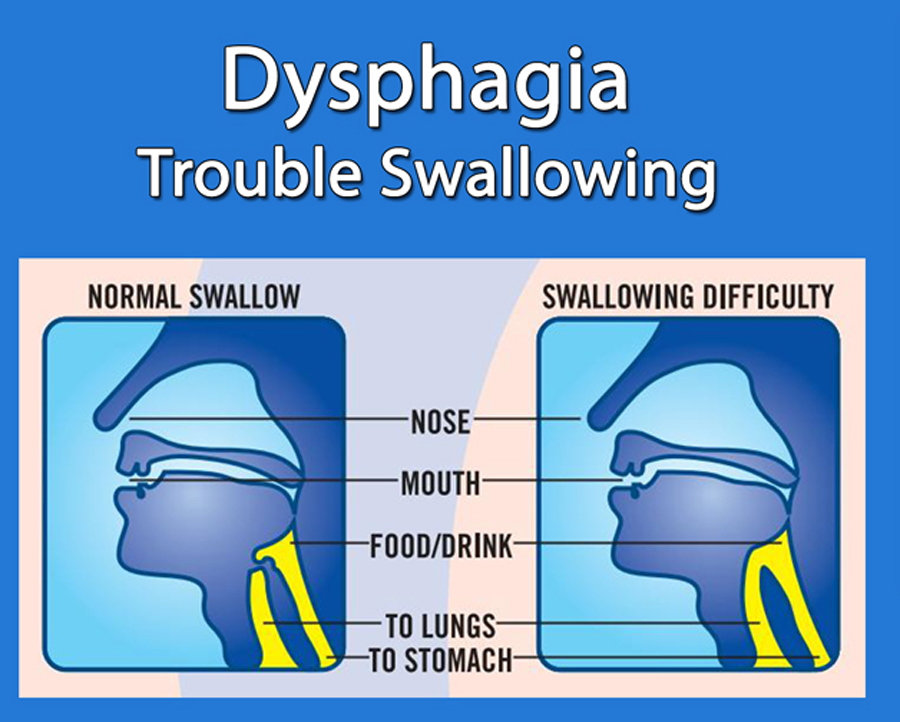Endoscopic video swallow studies and swallowing difficulties is the issue of the day. Swallowing difficulty cause : Esophageal cancer occurs when a malignant (cancerous) tumor forms in the lining of the esophagus, which can cause difficulty swallowing. Read more about esophageal cancer, its causes, diagnosis, and treatment. Stomach cancer (gastric adenocarcinoma): Stomach cancer occurs when cancerous cells form in the stomach lining. Because it’s difficult to detect, it’s often not diagnosed until it’s more advanced. Learn about the symptoms, diagnosis, treatment, and prognosis of stomach cancer.
Compensatory techniques alter the swallow when used but do not create lasting functional change. An example of a compensatory technique includes a head rotation, which is used during the swallow to direct the bolus toward one of the lateral channels of the pharyngeal cavity. Although this technique may increase swallow safety during the swallow, there is no lasting benefit or improvement in physiology when the technique is not used. The purpose of the technique is to compensate for deficits that cannot be or are not yet rehabilitated sufficiently. Rehabilitative techniques, such as exercises, are designed to create lasting change in an individual’s swallowing over time by improving underlying physiological function. The intent of many exercises is to improve function in the future rather than compensate for a deficit in the moment. See additional details on South Louisiana Swallowing Diagnostics.
Dysphagia means difficulty with chewing or swallowing food or liquid. The dysphagia diet covers 5 levels for difficulty in swallowing. To understand how this might happen, it is important to know something about how swallowing occurs. First, food must be chewed thoroughly. Then it is moved to the back of the mouth by tightening the cheek muscles and pressing the tongue against the roof of the mouth. From this point on the process becomes automatic — it is a reflex that people do not actively control. In “rapid- fire” succession, the soft palate closes the nasal airway to prevent food from backing into it, the airway into the lungs is closed, and the esophagus (food pipe) relaxes allowing food and liquid to enter it. The muscular esophagus then contracts in a wave-like action, sweeping the food along into the stomach.
Dysphagia among hospitalized patients (particularly the elderly) not only lengthens hospital stays and increases the risk of dying, but also carries significant economic burdens. Research shows that hospital and rehab stays among patients with difficulty swallowing were almost double that of patients without dysphagia – with an estimated cost per year topping $547 billion (Altman K, et al., 2010). We would like to help reduce some of these costs by establishing programs or procedures for your facility that works best for your patients AND your team. Discover additional info at https://www.dysphagiainmotion.com/.
